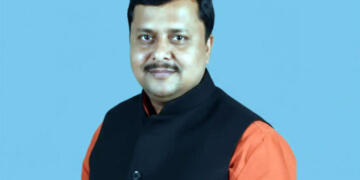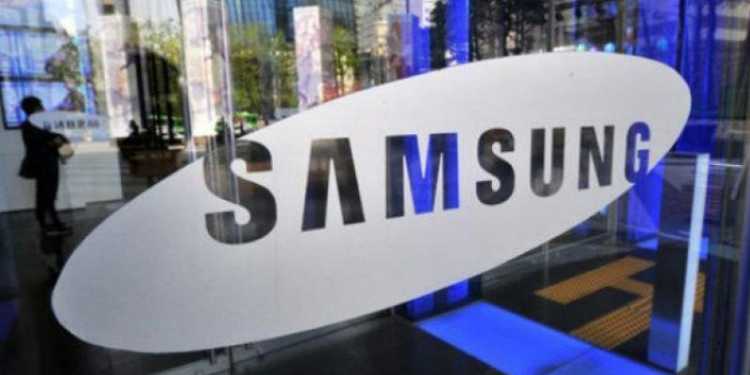The global electronics giant announced last year in June that it would invest Rs 4,915 crore to double its manufacturing capacity for smartphones and refrigerators at its Noida plant. Samsung India has set up one of the world’s largest mobile manufacturing facility at Sector 81 in Noida, Uttar Pradesh. Prime Minister Narendra Modi and South Korean President Moon Jae-in who is on a visit to India will inaugurate the new 35-acre Samsung Electronics facility today.
Not China or South Korea and certainly not the US but the tag of housing the world’s largest mobile factory has straight away put Noida on top of the world manufacturing map when it comes to consumer electronics. This has seemingly proved the commitment of PM Modi with regards to his flagship Make In India programme. Also, this majestic move proves the prudence of Uttar Pradesh CM Yogi Adityanath who has facilitated the construction of the business-friendly environment in the state. This major upside-down flip of the fortune for the state which has been infamous from the business investment perspective owing to the reigning extortion and politically backed mafia raj that heaved across the state. The strict policy for maintaining law and order by UP CM Yogi Adityanath in the state, a heavy crackdown on crimes has made this grand project possible in the first place.
Samsung has two manufacturing plants – in Noida and in Sriperumbudur, Tamil Nadu – five R&D centers, and one design center in Noida, employing over 70,000 people and expanding its network to over 1.5 lakh retail outlets. Established in 1995, Samsung India laid the foundation stone of Noida plant next year. In 1997, production commenced and the first television was rolled out. In 2003, refrigerator production began. By 2005, Samsung had become the market leader in panel TVs and in 2007, the existing Noida facility started manufacturing mobile phones. In 2012, Samsung’s Noida facility rolled out the first-ever Galaxy S3 device. The company currently has over 10 percent of its overall production in India and aims to take it to 50 percent over the next three years. According to Tarun Pathak, Associate Director at Counterpoint Research, the new facility gives Samsung an advantage by reducing the time to market. “This will help Samsung bring some local features to the devices powered by R&D here. Apart from this, the company can also bring in export opportunity for Samsung to SAARC and other regions”, Pathak told IANS.
While announcing the investment last year, the company had said that it would position the Noida plant as a major production hub and create about 5,000 new jobs. “The investment reaffirms Samsungs commitment to Make- in-India and Make-for-India and to the state of Uttar Pradesh,” Samsung India had said in a statement.
This bond of happiness and prosperity between Uttar Pradesh and South Korean goes back a long way. Queen Heo Hwang-ok is a legendary queen from Korea who finds mention in the Samguk Yusa. Samguk Yusa is a thirteenth-century Korean chronicle which describes her as the wife of King Suro of Geumgwan Gaya. Almost 7 million Koreans today derive their origin from the legendary Queen who is also known as Queen Heo. Her birthplace as mentioned in the Samguk Yusa is the “Ayuta Kingdom” which many Koreans and Indians believe is a phonetic distortion of Ayodhya in India. Kim Byung-Mo, an anthropologist from Hanyang University identified Ayuta with Ayodhya based on phonetic similarity. The story of an Indian princess who ruled in Korea can serve as a binding link between the two countries that are looking forward to deepening their relations.
Finally, with CM Yogi Adityanath coming to power in the state, the work on the memorial is going to start soon. The construction of the ‘Queen Heo Memorial Park’ in Ayodhya is set to begin within three months. A high level South Korean delegation is likely to visit the state of Uttar Pradesh for the Diwali festival. This would embark the onset of a prosperous relation between an electronic and a manufacturing one which would be a win-win equation for both the countries.





























